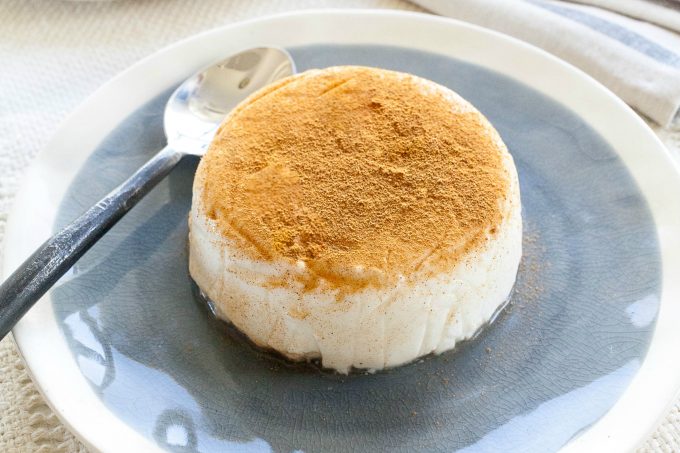A transient ischemic attack, or TIA, is often called a “mini-stroke,” but it would perhaps be better characterized as a “warning stroke,”—a warning of possible future stroke that you should take very seriously. A stroke occurs when blood supply to part of the brain is interrupted or severely reduced, depriving brain tissue of oxygen and nutrients. Within minutes of blockage, brain cells begin to die, causing severe, lasting damage such as partial paralysis, loss of sensation, or inability to speak. Blood supply can be limited secondary to a blockage of the blood vessels, which is referred to as an ischemic stroke, or secondary to a rupture or leak of a blood vessel, which is referred to as a hemorrhagic stroke. If symptoms of the stroke resolve within 24 hours, it is referred to as a transient ischemic attack (TIA). If symptoms persist more than 24 hours, it is diagnosed as a stroke. TIA is caused by a clot; the only difference between a stroke and TIA is that with TIA the blockage is transient, or temporary. In comparison to stroke, TIA symptoms occur rapidly and last a relatively short time. Most TIAs last less than five minutes; the average is about a minute. When a TIA is over, it usually causes no permanent injury to the brain.
Blood clots may develop for a number of reasons, some common reasons include:
- Plaque build-up in arteries
- High blood pressure or diabetes
- Cardiac conditions that impact how blood flows through body like heart attack, atrial fibrillation, heart valve problems, heart failure and more
More rare causes of blood clots include:
- Head or neck injury
- Tear in wall of blood vessel located in neck
- Inflammation in blood vessels, from conditions like syphilis, tuberculosis, other inflammatory diseases
- Clumps of tumor cells, bacteria, or air bubbles (this is referred to an embolism) that move through the bloodstream
- Condition that cause blood cells to stick together, like polycythemia—having too many red blood cells, sickle cell disease, and others
After a TIA, up to 10 out of 100 people will have astroke in the next two days. And up to 17 out of 100 people will have a stroke within 90 days. And 1 in 3 people who experience TIA go on to have a stroke within a year of the TIA. The risk of stroke is highest in the first 30 days after a TIA. If you or someone you love experiences a TIA, you have a window of opportunity to act, and help keep a permanent stroke from happening. Call 911 or go to the emergency room at your local hospital if any symptoms of TIA or stroke are present! A neurologist can help identify why the TIA occurred and ensure that the proper treatment regimen is put in place—either medication or surgery—that can prevent a stroke from occurring.
A quick acronym to see if you or someone you know has had a stroke is FAST:
F—Face drooping
A—Arm weakness
S—Speech difficulty
T—Time to call 911











